Buying a phone around ₹30,000 is a sweet spot in India: you get flagship-adjacent performance, very capable cameras, smooth high-refresh displays, and decent battery & charging. Below I’ve hand-picked ten phones that deliver the best mix of value, performance and features as of Oct 7, 2025 (prices fluctuate with offers), explained what makes each one worth considering, and how they compare with rivals. Sources used to compile and cross-check availability and pricing include recent market roundups and retailer listings.
Quick buyer’s checklist (what to look for under ₹30k)
- Processor & gaming — Snapdragon/Dimensity flagship-lite chips or upper mid-range silicon (for smooth UI and games).
- Display — AMOLED or high-quality IPS with 90–120Hz refresh for fluid animation.
- Battery + charging — ≥4500 mAh with 45W+ fast charge is ideal.
- Camera — 50MP+ main sensor with OIS (if possible) improves low-light shots.
- Software & updates — 2–3 years of Android upgrades / security updates matters for longevity.
- Value add — IP rating, stereo speakers, wireless features, and expandable storage can tip the scales.
Top 10 (detailed): analysis, specs summary, USP, price and competitor comparison
Note: Prices listed are approximate retail ranges in India as observed on marketplaces in early Oct 2025 and may change with sales/exchange offers. I’ve focused on models widely recommended in recent roundups and price lists. 91mobiles+1
1) Motorola Edge 60 Pro — Balanced flagship experience
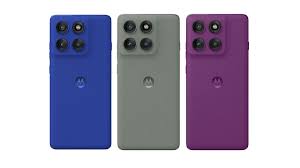
Why it’s here / USP: near-flagship Snapdragon performance, clean near-stock Android, and flagship-class display.
Key specs (summary): Snapdragon upper-mid/flagship-lite SoC, 6.7″ 120Hz OLED, 8–12GB RAM options, 128/256GB storage, 4500–5000 mAh battery with fast charging, solid stereo speakers.
Price: Usually around ₹25,000–₹30,000 (varies by RAM/ROM and offers).
How it performs vs competitors: Beats most rivals in software smoothness and near-stock Android experience (vs heavy skins from some brands). Competes with OnePlus Nord and iQOO neo series on raw speed; Motorola trades slightly lower benchmark numbers for better thermals and cleaner UI. Ideal if you prefer a near-stock Android feel and balanced hardware.
Who should buy: users who want flagship polish and a clean UI without paying flagship prices.
2) realme 15 Pro — Best for performance per rupee

USP: aggressive SoC and fast charging in the segment.
Key specs: upper mid-range/flagship-lite chipset from Qualcomm/MediaTek, 120Hz AMOLED, 8–12GB RAM, 5000mAh+ battery with 100W+ charging on some trims, multi-lens camera setup.
Price: ~₹22,000–₹28,000 depending on variant.
How it performs vs competitors: Often outruns similarly priced phones in synthetic benchmark scores and charging times, but camera tuning and software consistency can trail Samsung or OnePlus in some scenes. If you want maximum responsiveness and ultra-fast top-up speeds, it’s a strong pick.
3) OnePlus Nord CE 5 — Smooth OS + good all-rounder
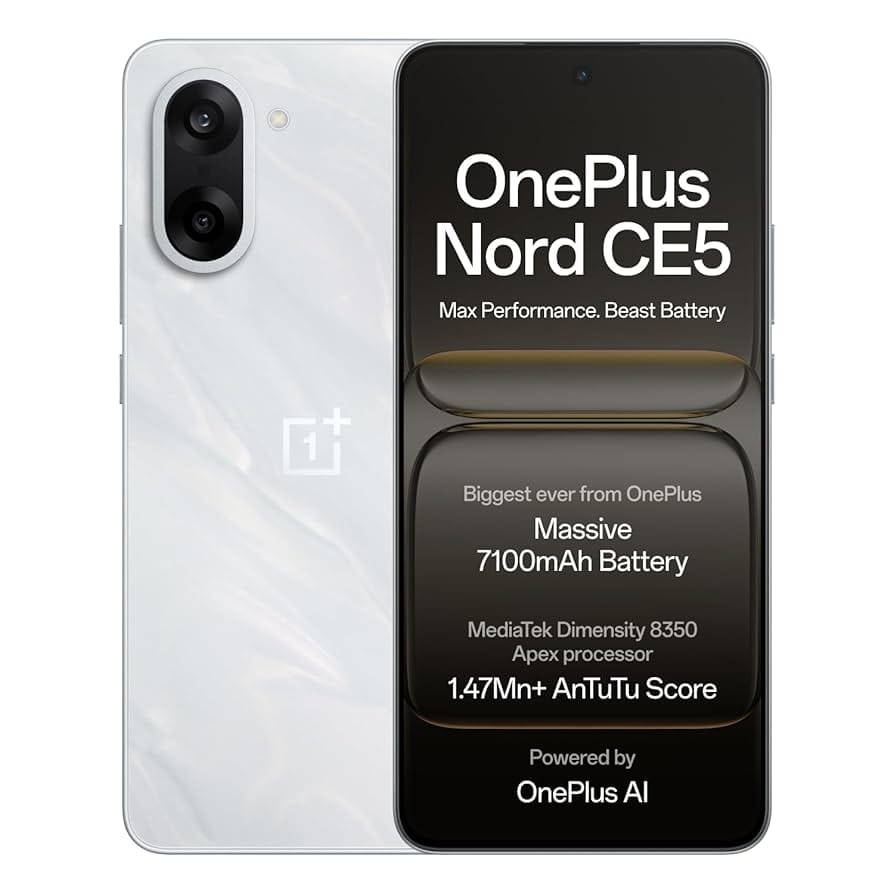
USP: OxygenOS/ColorOS optimizations and consistent software.
Key specs: 120Hz AMOLED, Snapdragon mid/upper-mid SoC, 8–12GB RAM, 4500mAh battery with fast charging, reliable main camera.
Price: ~₹19,999–₹26,999 (depending on offer/variant).
How it performs vs competitors: Software experience is its main advantage — cleaner animations, fewer bloatware apps. Performance matches other mid-range rivals, and it typically offers better long-term OS support than many Chinese brands.
4) OnePlus Nord 5 — Feature-rich midranger

USP: balanced specs with a slightly higher-end chip and camera tuning than CE model.
Key specs: high refresh LTPO AMOLED in some trims, stronger SoC than CE, 8–12GB RAM, 5000mAh battery with decent charging.
Price: often close to ₹25,000–₹30,000.
How it performs vs competitors: Trades blows with realme and iQOO in raw power; edges them in UI polish and software updates. Good pick if camera and software balance matters.
5) iQOO Neo 10 / Neo 10R — Raw performance and value
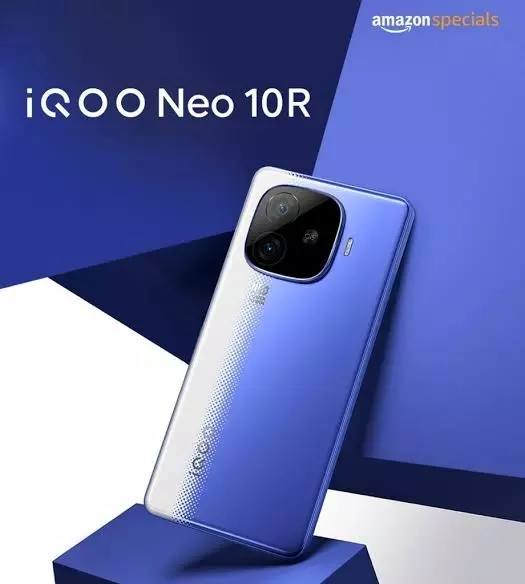
USP: gaming-focused tuning + high refresh displays for competitive pricing.
Key specs: Dimensity/ Snapdragon performance-tuned SoC, 120/144Hz display, up to 16GB RAM options, large batteries with fast charging (80–120W on some models).
Price: Models and trims often fall between ₹19,999–₹29,990 — iQOO targets aggressive pricing to undercut rivals.
How it performs vs competitors: Excellent for gamers — better thermal management and frame-rate smoothing than many rivals. Cameras are competent but not class-leading; dial it in for gaming and speed.
6) Samsung Galaxy M34 5G — Best battery & reliability
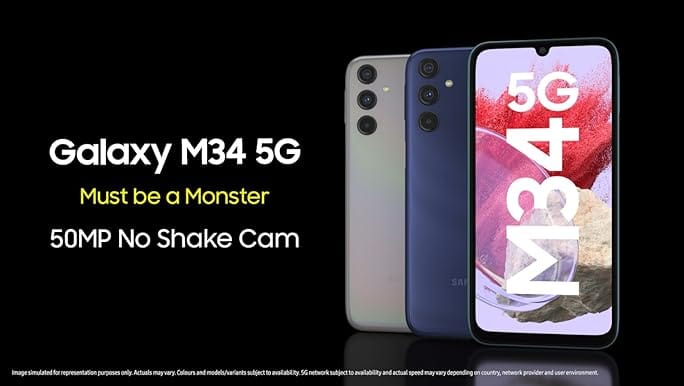
USP: huge battery life + Samsung’s software reliability and update promise.
Key specs: Super AMOLED display (Samsung panels), large 6000–7000mAh class battery (depending on model generation), mid-range Exynos/other SoC, 6–8GB RAM.
Price: Very budget-friendly — often between ₹15,000–₹23,000 depending on RAM/storage. Samsung emphasizes long software/security updates.
How it performs vs competitors: Not the fastest, but wins on battery endurance, day-to-day stability, and after-sales support. If you need multi-day battery life and a reliable brand, it’s a top pick.
7) Nothing Phone (3a) Pro — Design & clean UI
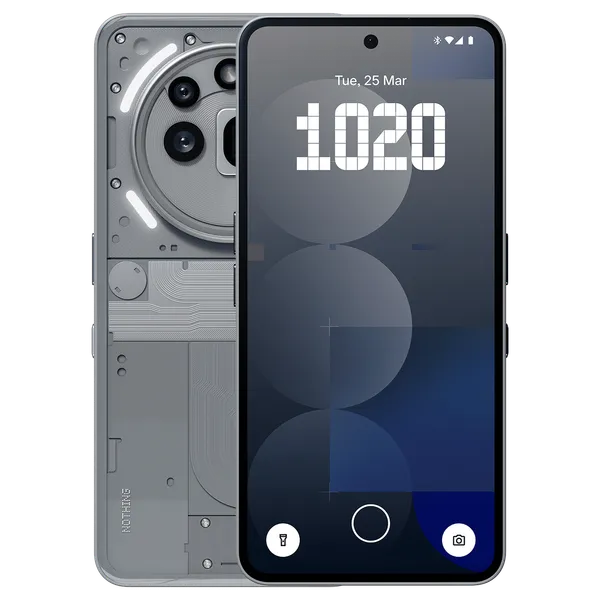
USP: distinctive design, thoughtful UI touches, clean Android experience.
Key specs: mid/upper-mid chipset, 120Hz OLED, 8–12GB RAM, competent camera setup, distinctive back design with attention to materials.
Price: Frequently priced near the top of the segment (₹25k–₹30k) for the Pro trim.
How it performs vs competitors: It competes on design and software uniqueness rather than raw benchmarks. Camera and battery may trail gaming-focused rivals, but it’s a statement device for those who value design and UI personality.
8) Vivo T3 Ultra — Strong camera & display value
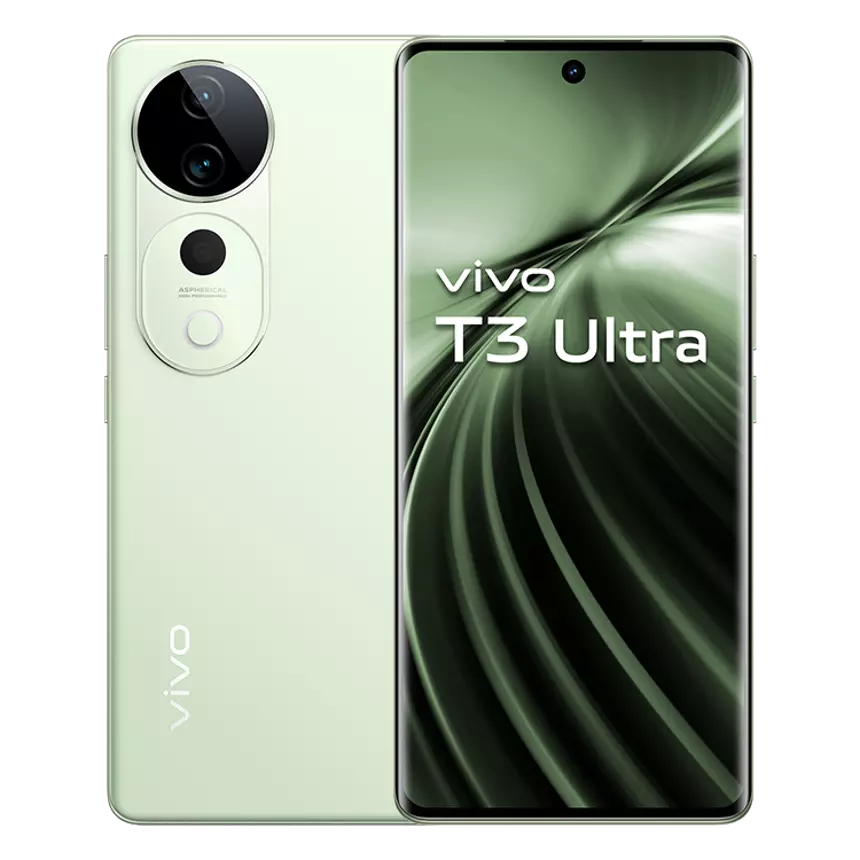
USP: good imaging hardware and polished camera software in the midrange.
Key specs: 6.5–6.8″ AMOLED, capable midrange SoC, 50MP+ main camera, 5000mAh battery with fast charging.
Price: ~₹18,000–₹26,000.
How it performs vs competitors: Camera results often punch above the price class in daylight; low-light can be hit-or-miss versus Samsung and OnePlus which tend to have better processing.
9) Tecno Camon 30 Premier 5G — Maximum camera bang for buck
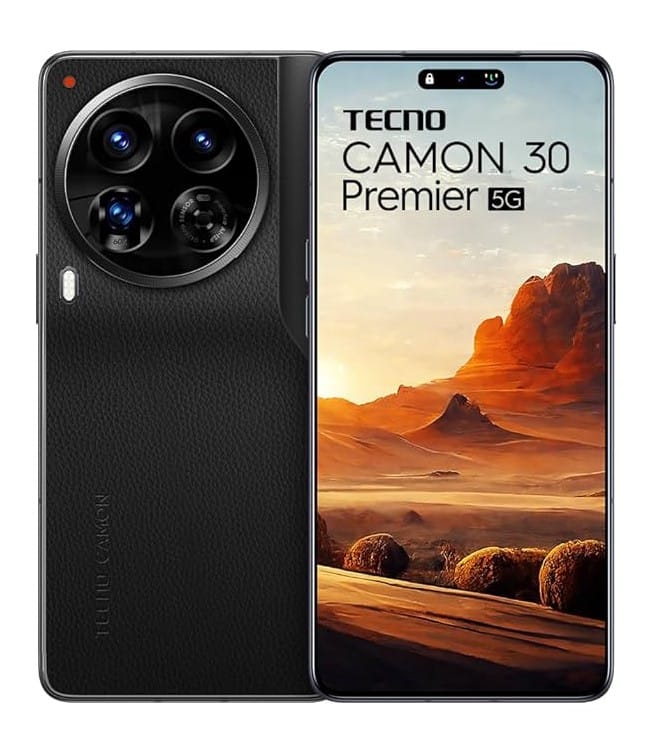
USP: camera-first strategy with large sensors and AI features.
Key specs: big main sensor (50MP+ or class-leading sensor), 6.7″ AMOLED, midrange SoC, 5000mAh+ battery.
Price: ~₹20,000–₹29,000 depending on variant.
How it performs vs competitors: Strong imaging hardware and feature list; software and display calibration may lag behind Samsung/OnePlus, but it offers very compelling still photography for the price.
10) Infinix / Xiaomi high-tier midrange picks (value alternatives)

USP: aggressive pricing and strong batteries / fast charging.
Key specs: large batteries (6000–7000mAh often), high refresh displays, high-storage options at lower price points.
Price: many models under ₹20,000–₹25,000.
How it performs vs competitors: You get great spec sheets on paper; real-world performance and software update policies vary. Ideal for budget-conscious buyers who prioritize battery and features over software longevity.
Comparison methodology of these phones
- Value per rupee: hardware specs (SoC, display, RAM/ROM), battery & charging, camera sensor sizes and OIS availability.
- Real-world performance: gaming stability, thermals, and UI smoothness (based on contemporary reviews and benchmark summaries).
- Software & updates: manufacturer promises and track record (important for long-term support).
- After-sales & availability: how easy is it to buy/repair in India and price drops during sales.
Aggregate lists and price trackers were referenced to validate typical retail pricing and availability.
Short buyer scenarios — which one to pick?
- For battery life & reliability: Samsung Galaxy M34.
- For gaming & raw speed: iQOO Neo series or Motorola Edge 60 Pro.
- For clean software & updates: OnePlus Nord line or Motorola.
- For camera-first value: Tecno Camon / Vivo T3 Ultra.
- For design and OS flair: Nothing Phone (3a) Pro.
Quick comparison
- Motorola Edge 60 Pro — Snapdragon performance, polished UI — ~₹25k–₹30k.
- realme 15 Pro — performance + fast charge — ~₹22k–₹28k.
- OnePlus Nord CE 5 — clean OS, balanced — ~₹20k–₹27k.
- OnePlus Nord 5 — stronger camera & chipset — ~₹25k–₹30k.
- iQOO Neo 10 / 10R — gaming-focused, fast charging — ~₹19k–₹29k.
- Samsung Galaxy M34 5G — huge battery, Samsung reliability — ~₹15k–₹23k.
- Nothing Phone (3a) Pro — design & unique UI — ~₹25k–₹29k.
- Vivo T3 Ultra — camera & display value — ~₹18k–₹26k.
- Tecno Camon 30 Premier 5G — camera-focused — ~₹20k–₹29k.
- Infinix / Xiaomi midrange picks — battery & aggressive pricing — ~₹12k–₹25k.
Final thoughts
Under ₹30,000 in India you can today get phones that were flagship-tier two years ago: fast chips, bright AMOLED displays, big batteries and competent cameras. Your priority (battery, gaming, camera, software longevity) should decide the pick — there’s no one-size-fits-all winner. If you want my tailored recommendation, tell me which three priorities matter most (camera/gaming/battery/software/design/budget) and I’ll narrow the list to the top 2–3 choices for your exact needs.

